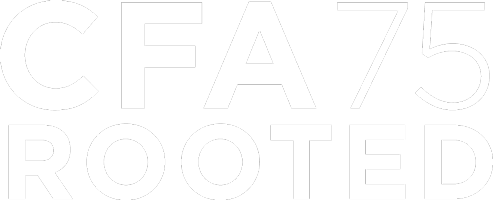by Kelby McIntrye-Martinez
Arts Education Partnership partner organizations work to promote opportunities for high-quality, arts learning opportunities for all students in every classroom. Inclusion of the arts in state plans under the Every Student Succeeds Act elevates the critical role that arts teachers play in a well-rounded education for students. Increasing access to arts in education by integrating it with other courses — such as math, science and language arts — is one strategy to consider. Integrating arts education has proven beneficial in improving student learning, and developing thinking skills and capacities, as well as supporting the civic skills necessary to contribute as a member of a diverse community.
The Beverley Taylor Sorenson Arts Learning Program (BTSALP) provides arts-integrated instruction to elementary students, effectively increasing student performance in every subject — from language arts and social studies to math and science. Three hundred Utah elementary schools in 31 districts (including more than 30 charter schools) currently implement the program, which serves approximately 202,800 students.
The BTSALP puts specialists trained in one of four arts disciplines (visual art, dance, music or theatre) in elementary schools to work alongside classroom teachers in developing lesson plans for other core curricula that incorporate the arts. The Utah State Board of Education administers the program statewide and collaborates with deans and university staff from universities across Utah to provide professional development for arts specialists and classroom teachers.
For example, the University of Utah’s Professional Development Partners provided support and mentorship to 118 participating BTSALP schools in the form of on-site modeling for faculty, regional- and district-level artsintegrated workshops, exposure to nationally recognized arts educators, research, and program implementation. The university’s school- and district-level support methods provide a platform to create tailored professional development opportunities based on the needs of each individual school or district. This guided implementation and comprehensive support structure also demonstrates the university’s dedication to providing quality professional development experiences and opportunities that support student learning using best practices rooted in research.
The program is implemented as a public/private partnership between the Utah State Board of Education and Art Works for Kids. Beverley Taylor Sorenson began developing an arts-integrated teaching model in 1995 by collaborating with arts education professionals, state organizations and higher education institutions throughout Utah. In 2008, the Utah State Legislature adopted the model, named it the Beverley Taylor Sorenson Arts Learning Program and has since provided the funding needed to implement the program in a portion of elementary schools across the state. The Utah State Board of Education receives funds annually to operate the program, with Art Works for Kids providing additional financial support where needed. School districts with BTSALP specialists provide up to 20 percent of the salary costs for their specialists. This cost-sharing model not only provides buy-in from state policymakers, philanthropy and school leaders, but also allows under-resourced communities to participate in the program.
The implementation of BTSALP brings together collaborators from across the K-20 education spectrum. The University of Utah partners with the Utah State Board of Education to increase the quality and quantity of arts education programs for elementary students by providing public educators teaching kindergarten through sixth grade with professional learning experiences in the arts to support highly- effective teaching and learning. The Endowed program offers a preservice Arts Integration Conference that provides students with: content knowledge; implementation and collaborative planning guidance; and practical teaching experience by teaching mini lessons to elementary students (kindergarten through sixth grade).
This article was originally published by the Education Commission of the States & Arts Education Partnership.


